From Japan to Malaysia, specialty coffee roasters face new challenges... and fresh opportunities
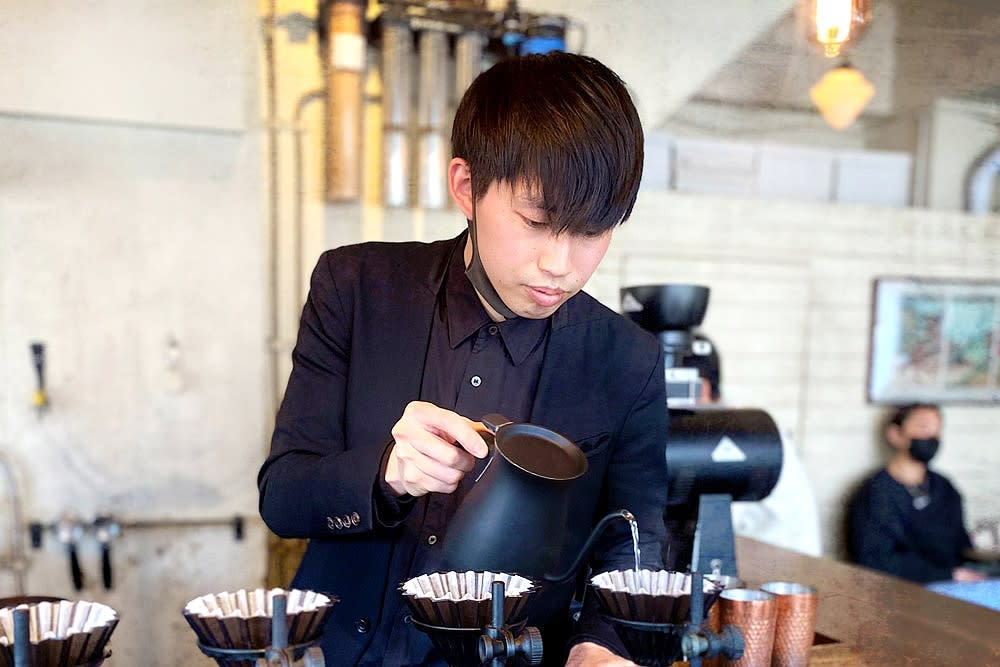
COMMENTARY, July 13 — There is a meditative quality to just watching the barista brewing coffee at Glitch Coffee Roasters in Tokyo, Japan. The cliché would be to say the act itself is Zen-like, but it is more like practised craft.
This is an art form, supported by the science of making a stellar cup of specialty coffee — something that begins hundreds of miles away in a coffee farm. What varietal is grown, how are the beans processed?
Even now, I am invited to inspect a wide array of coffee beans at the bar. Another barista is ready to explain the provenance of each option, the flavour profile, which she would recommend based on my preferences.
I was first introduced to Glitch by Masahiro Aoki, a Japanese coffee consultant who is a familiar face to everyone in the Malaysian specialty coffee industry.
He has judged at many local coffee competitions, so it was easy to trust his recommendation of the best places to get coffee in Japan.
For Aoki, the Third Wave of coffee in Japan all started when the 2003 World Barista Champion, Paul Bassett from Australia, opened his eponymous café in Ginza in 2006.
The veteran barista trainer says, “Paul Bassett as a café chain created a real change in the Japanese coffee industry. Many of the current leaders in coffee roasting now — Kiyo from Glitch, Kenji from Fuglen, Atsushi from Onibus Coffee — were originally from Paul Bassett.”
These three Paul Bassett graduates stood out because they were the first to roast and sell light roast specialty coffee in Japan. Previously — and to some extent, this is still true today, with traditional kissaten coffee shops still going strong — most coffee was of darker roasting profiles.
“Now it has gone to the second generation of light roast coffee. Baristas from Glitch went on to open their own cafés such as Yard Coffee, Ignis Coffee, Acid Coffee, Blend... So, yes, more people in Japan are now accepting but not all. They still have to continue to educate customers on how to enjoy specialty coffee.”
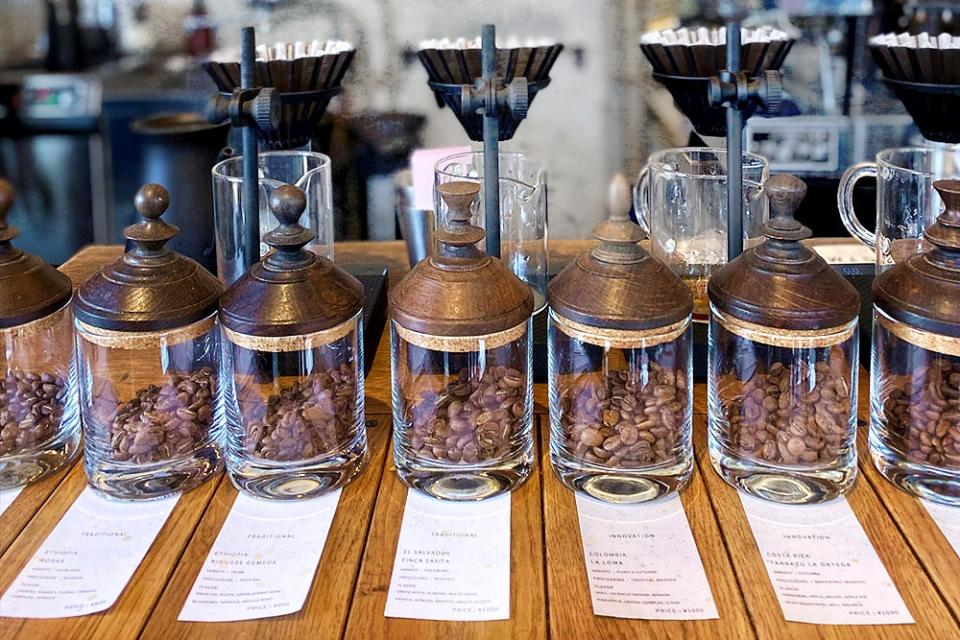
An array of coffee beans ready for sampling.
If this sounds familiar, it is the same situation here in Malaysia though, just like in Japan, there has been growing acceptance over the years.
As more and more Malaysian cafés are roasting their own coffee beans, just like in Japan, what does this new generation of homegrown coffee roasters consider their biggest challenges in growing their business and gaining wider recognition?
Nicholas Tay of The Hub Coffee Roaster in KL feels that two key issues are the currency exchange and the size of the market.
He explains, “As you know, our currency is currently weak against the US dollar. It is stressful for us to purchase green coffee beans as we trade in US dollars.”
Despite coffee drinking and café hopping being commonplace activities, Tay also worries that there just aren’t enough consumers. He says, “Given a population of nearly 300 million people in Indonesia, if only 10 per cent drink coffee that is already 30 million coffee drinkers, comparable to the whole population of Malaysia.”
Another long-time barista and now boutique coffee roaster, Ang Yeesiang of Sweet Blossom Coffee Roasters in Johor Bahru, is similarly concerned.
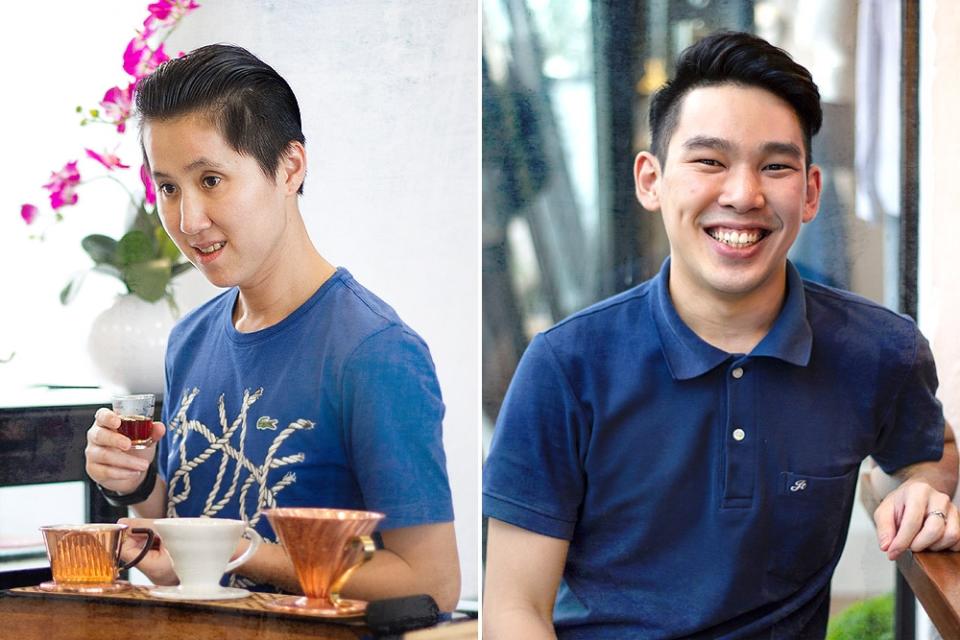
New generation of Malaysian coffee roasters: Nicholas Tay of The Hub Coffee Roaster (left) and Ang Yeesiang of Sweet Blossom Coffee Roasters (right).
He says, “As in a micro roastery of specialty coffee in Malaysia, the first question is whether we have a large enough customer base — it has been growing after the end of the Covid-19 lockdown phase, but we need more.”
There might be more supply than demand too. Ang observes, “Nowadays more and more new roasteries are selling coffee beans. Soon I think there will be an oversupply of coffee beans. It’s like sharing a cake; we need to build the size of the cake.”
It might also boil down to the sourcing of green beans (raw coffee beans). Aoki explains, “One big difference between Japan and Malaysia is the quality and choices of green beans. It’s a very big market in Japan so the green bean market is also bigger and more varied.”
He notes that Malaysia is still a small market for specialty coffee beans: “Malaysia would need to create more opportunities and bigger specialty coffee markets.”
But surely the Japanese speciality coffee industry can’t be riding high on a stronger purchasing power and larger market size alone?

More and more Malaysian cafés are turning to roasting their own coffee beans.
There is a perception that beans from Japanese coffee roasters are simply a better end product, even if the green beans used may be imported from the same farms and countries.
Tay is well aware of this. He adds, “There is also a trend by buying coffee from overseas roasters. Some people might think coffee from certain countries is always better than local roasters in Malaysia.”
Design matters too. One thing I have observed is the artfulness and precise messaging employed by Japanese roasters in the décor of their cafés and the packaging of their products, from bags of whole beans to branded merchandising.
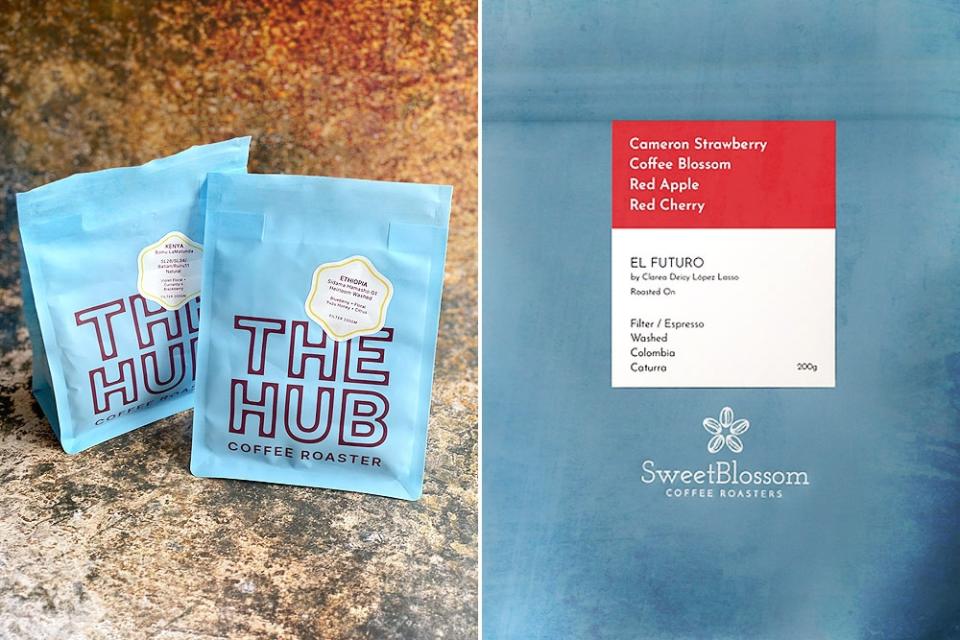
Design matters: New packaging for coffee beans at The Hub Coffee Roaster and Sweet Blossom Coffee Roasters.
This is an area where Malaysian specialty coffee businesses can take advantage of: Branding.
Perhaps encouragingly, I have noticed new packaging for bags of coffee beans at The Hub Coffee Roaster and Sweet Blossom Coffee Roasters recently. Cleaner lines and more striking logos are in.
Ang feels that it has to go beyond the surface, however.
He says, “It is the same for all specialty coffee roasters: quality is priority. Our customers return to our café or go to our website to make a purchase because they tried our coffee at other small cafés or friends shared our beans with them, and they like it.”
That might be the most important differentiator. When I travel in Japan, I find myself returning to the same few specialty coffee chains that have cafés spread throughout the country, but particularly in Tokyo.
Glitch is one, Nozy Coffee another. Even on busy days, baristas at Nozy Coffee in Shibuya make sure every cup is served with care.
It’s not just the end product, then, but everything wrapped up around it — the service, the ambience, the brand positioning, the lifestyle evoked, the tribe that you would be joining as a consumer.
We have to be careful not to fall into the false belief that we are necessarily lagging behind in all areas.
I remember during my early trips to Japan, my barista friends would ask me to help them buy swag from Streamer Coffee Company founded by Hiroshi Sawada, the first Asian barista to win the 2008 Free Pour Latte Art Championships in Seattle with the highest score in history.
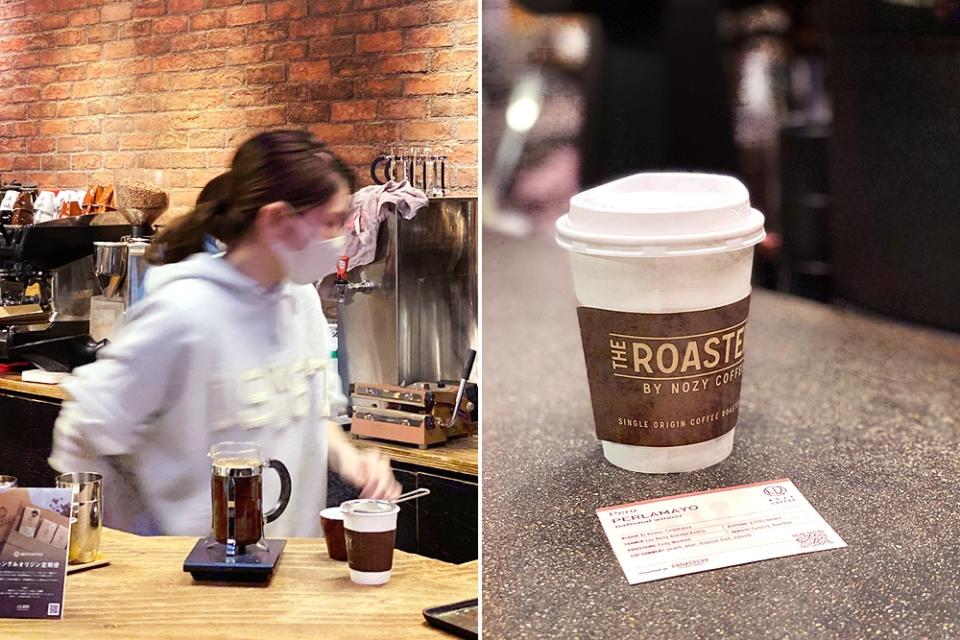
Even on busy days, baristas at Nozy Coffee in Shibuya make sure every cup is served with care.
Yet how many of us know or remember that the youngest barista to win two consecutive World Latte Art Championship titles in 2018 and 2019 was a Malaysian — Irvine Quek of 103 Coffee?
Aoki remembers, of course. He shares, “Actually latte art skill is very high in Malaysia compared to other countries. There is nice latte art everywhere in Malaysia! I think this could be a good café concept to expand in Malaysia.”
Clearly there are still opportunities for specialty coffee in Malaysia. There is still room for growth.
Sweet Blossom’s Ang sums it up for us, and perhaps for every Malaysian coffee roaster still honing their craft: “Consistency produces good quality. This is the key, but I am still figuring out how to gain more exposure in the specialty coffee market.”
For more coffee and café stories, visit https://coffeeforbeginners.com/.
* Follow us on Instagram @eatdrinkmm for more food gems.



